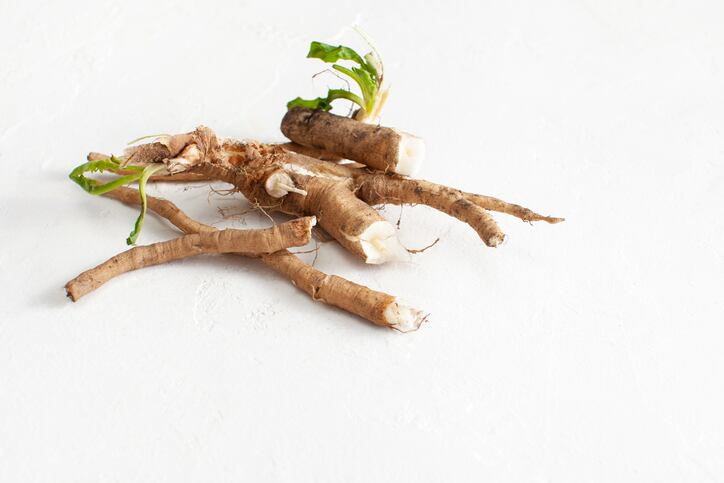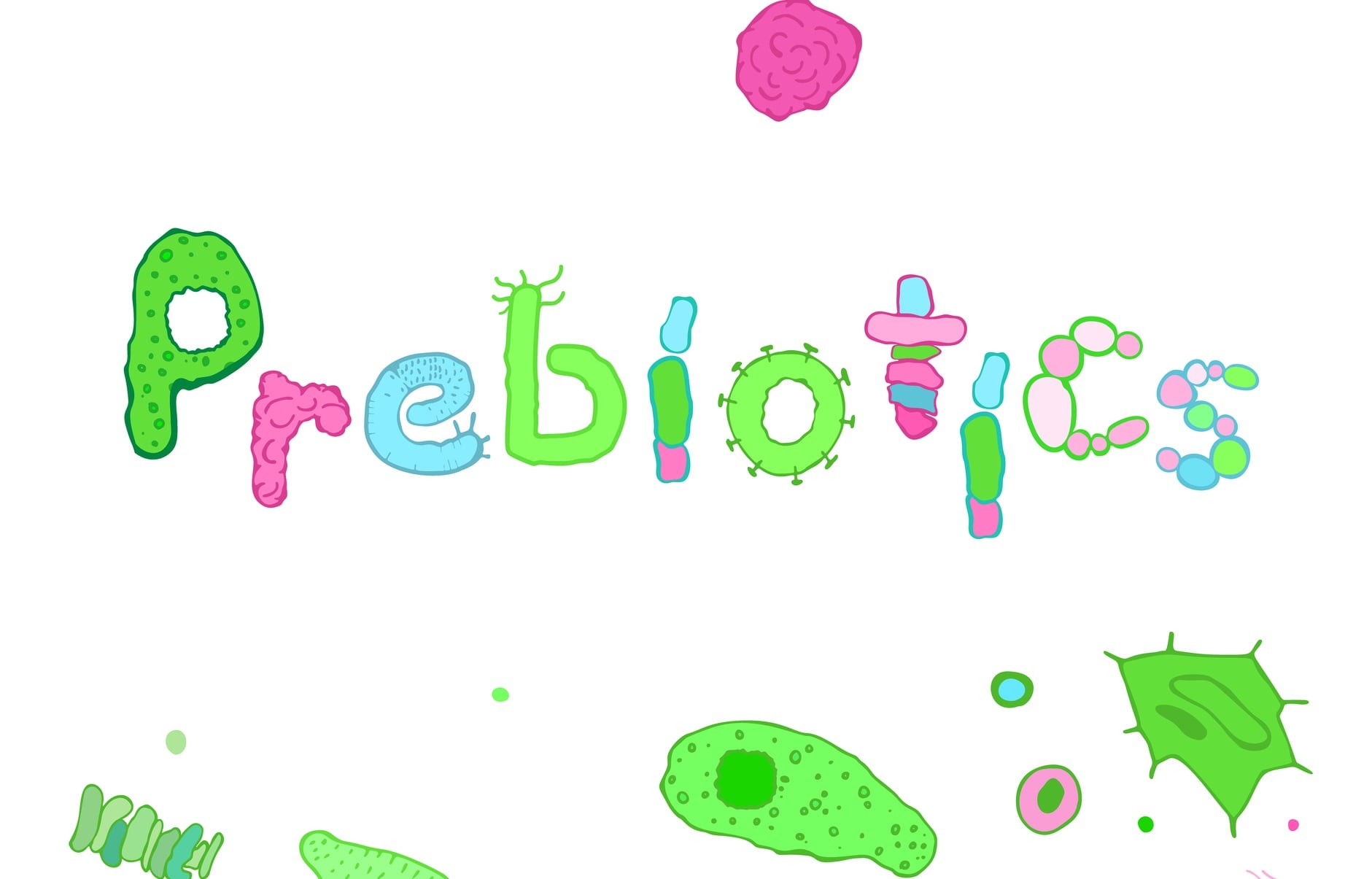The uptick in price for the functional fibers is slated for January 1, 2020. The chicory inulin supplier says rising operational costs and a price erosion since 2011 are behind the price correction and are necessary to ensure the company remains a reliable and credible industry partner.
Science-backed
More than 150 scientific studies confirm the health benefits of Beneo’s Orafti inulin and oligofructose, both derived from chicory root, according to the company. They add that what sets them apart is that other plant-based prebiotic fibers have very few clinical studies to back them up. In June 2018 the US Food and Drug Administration said inulin meets its definition of dietary fiber.
Chicory root, a soluble fiber, slows digestion, helps eliminate cholesterol from our bodies, and may help regulate blood sugar levels. Insoluble fiber is not digestible, however, it does promote regularity and may even play a role in weight by making stomachs maintain fullness, according to Mayo Clinic.
Beneo is a division of the Südzucker Group and has production units in Belgium, Chile, Germany and Italy. The global ingredient supplier recently opened its first regional application center in São Paulo, Brazil to focus on a wide range of applications, including dairy, bakery and savory.
Now trending: digestive wellness
The company said digestive wellness is a trend that has really taken off in the US, and is now extending to Mexico.
“Prebiotics are really living a second revival,” said Thomas Weber, Beneo sales manager in Mexico. “There’s a lot of new science out there.”
“Interest in prebiotic claims has really increased in the past year and a half here [in Mexico]. Inulin oligo-fructose is the only naturally derived prebiotic fiber on the market and we use them because the trends are [for] sugar reduction and enrichment of fiber, which inulin can achieve,” he told Food Navigator-LATAM.
Health benefits related to the consumption of dietary fiber is expected to drive the dietary fiber market. Dietary fiber consumption has a similar effect on children and adults. The recommended intake of dietary fiber for both age groups is 14g/1000kcal.
A recent study found that daily consumption of chicory root fiber in children aged 3 to 6 years old may keep levels of bifidobacteria in the gut higher and more stable. The new research was commissioned by Beneo.
Anke Sentko, vice president of regulatory affairs and nutrition communication at Beneo, said, "Even under antibiotic treatment, their microbiota is more stable and balanced. Enriching a child’s nutrition with prebiotic chicory root fiber (inulin and oligofructose) is an easy and tasty way to boost their inner defence by supporting their beneficial bacteria.”
A steady rise of constipation and other digestive diseases among the global population is bolstering soluble fibers market growth. Results based on four surveys conducted in the US found that constipation was the most common digestive problem in the country with over 4 million people suffering frequent issues. Additionally, over 900 people die annually due to diseases associated with or related to constipation, according to an NIH report.
Market overview
The Global Dietary Fibers Market size was valued at over $5 billion in 2018 and is anticipated to witness over 10% CAGR up to 2025, propelled by rising consumer preferences for healthy lifestyle and digestive problems, according to GI Insights Report.
According to raw materials, the market has been categorized into soluble fibers derived from cereals & grains, fruits & vegetables, other plant parts, and various non-food sources. Fruits & vegetables are an important source of soluble fibers and will likely account for more than $400 million by 2024. Bananas, leeks, onions, and in the case of Beneo, chicory root, are often used for extraction of product types such as inulin, oligosaccharides, pectin, and more.
Among the product types, inulin is the largest segment which is likely to hold over 30% of the global share by 2024. Inulin is used extensively in fortified foods and pharmaceutical products.
Based on application, the soluble fibers industry is divided into animal feed, pharmaceuticals, and functional foods & beverages. The beverage segment is expected to grow due to an increase in demand for energy drinks and sports drinks. The swelling consumption of natural beverages as an alternative to carbonated beverages is expected to have a positive impact on the dietary fiber market.
According Innova Market Insights, 44% of US consumers say they are increasing their fiber consumption, with 21% CAGR reported in new product launches carrying a fiber claim.




